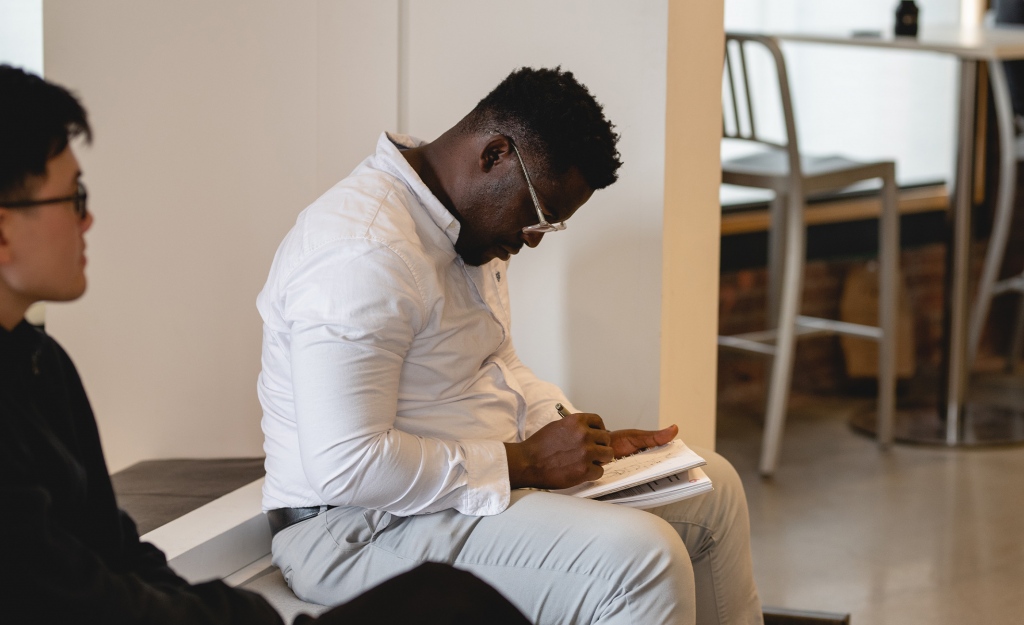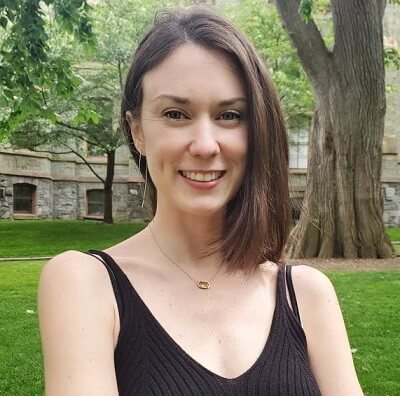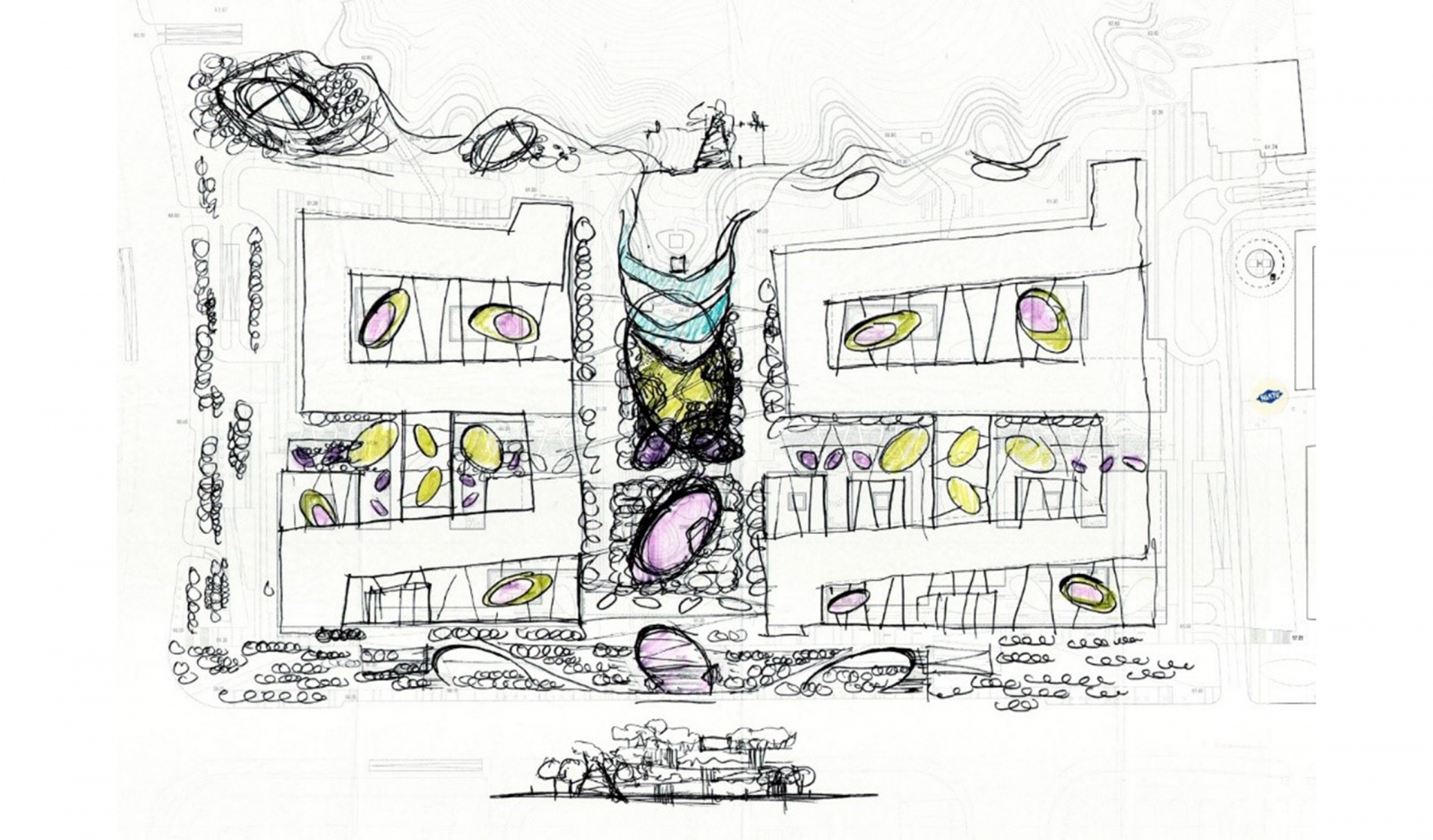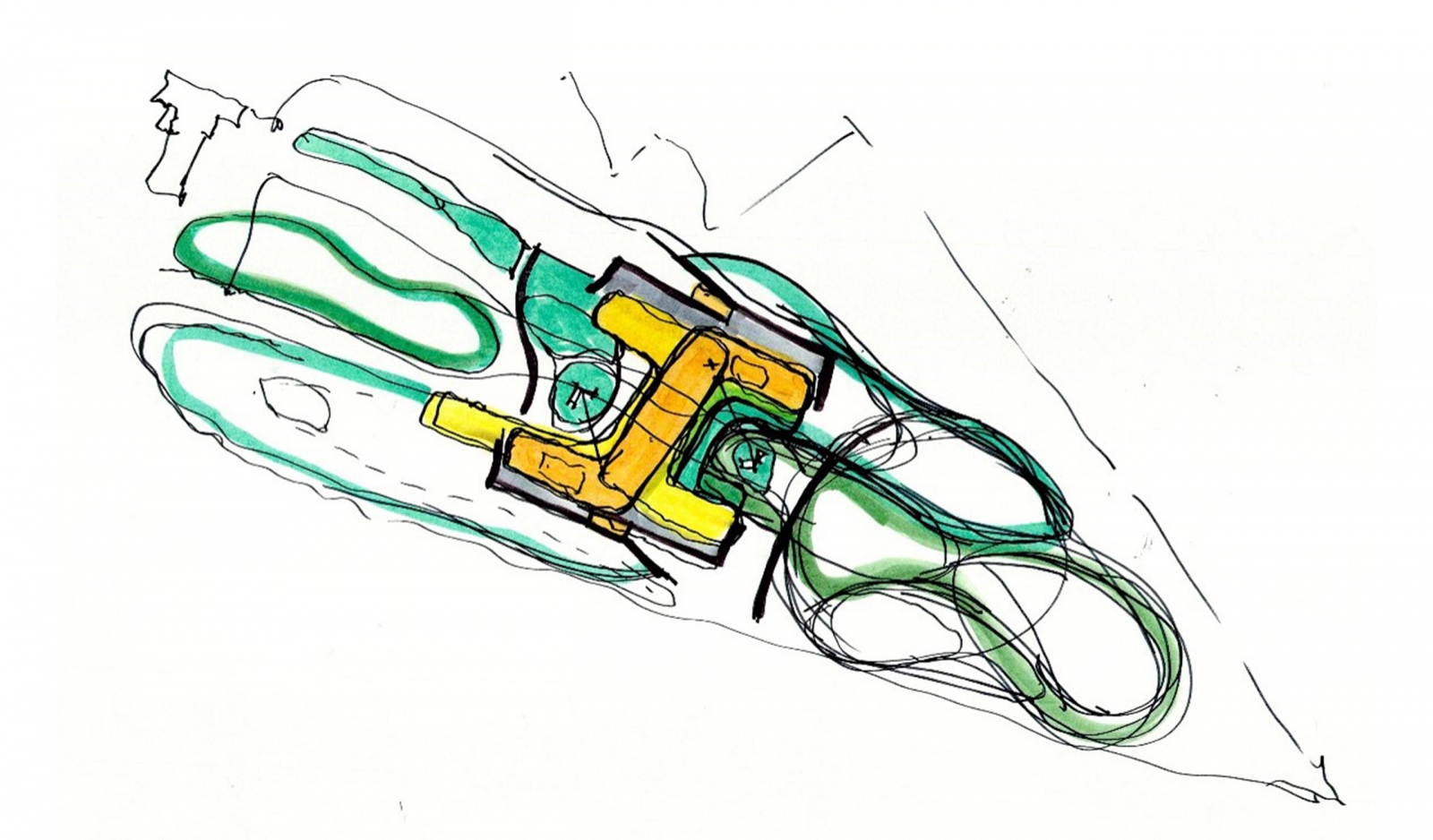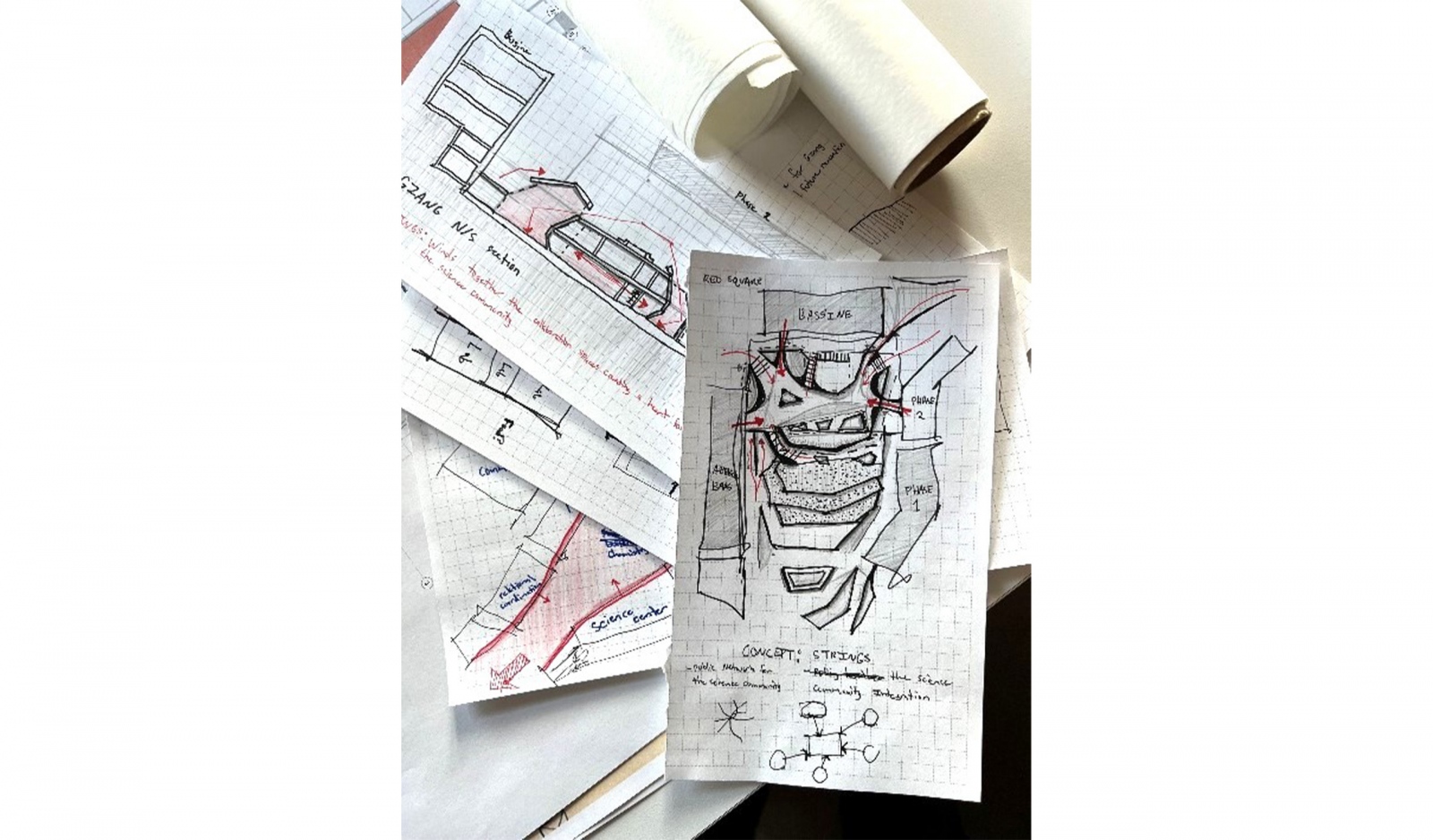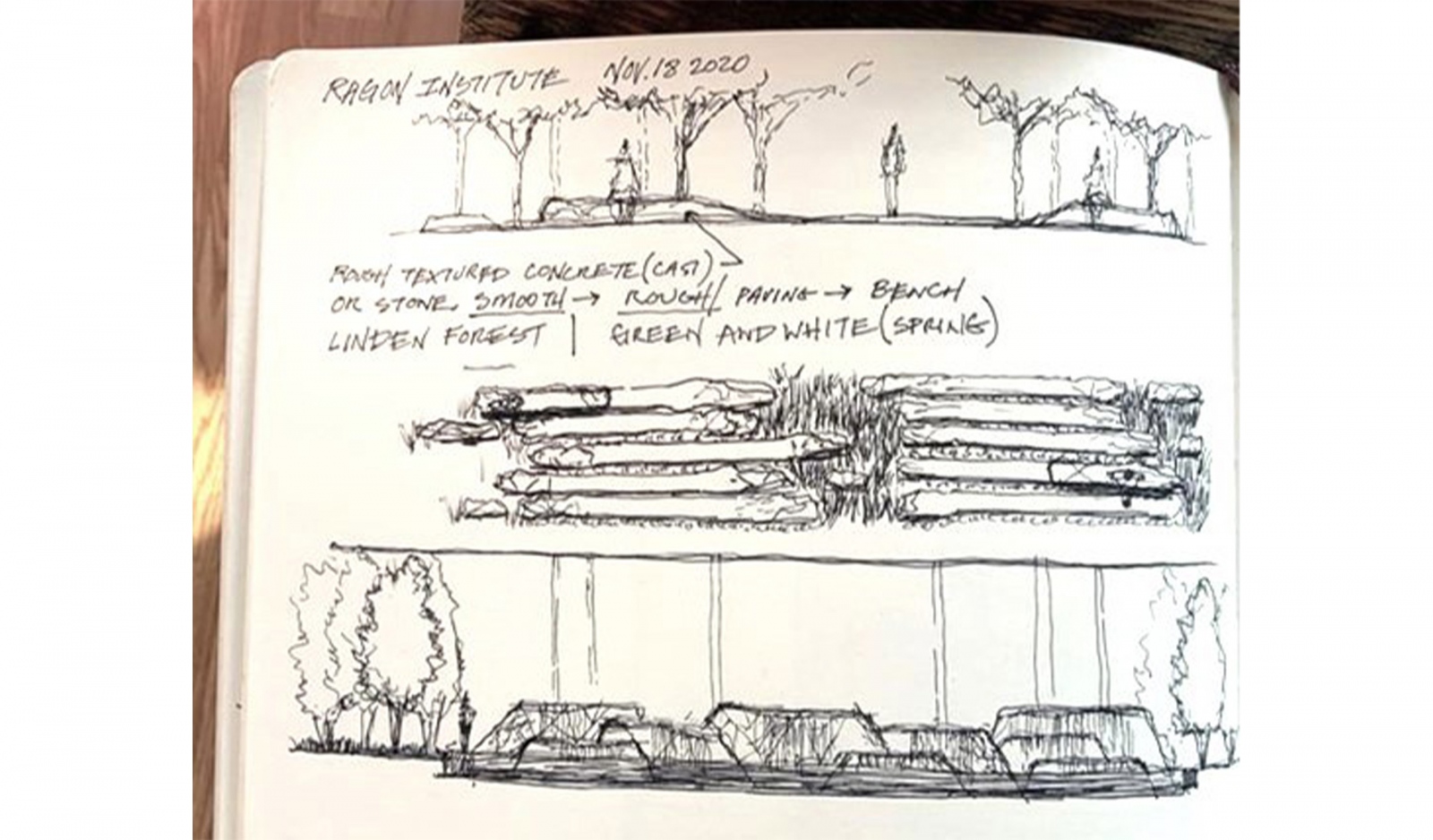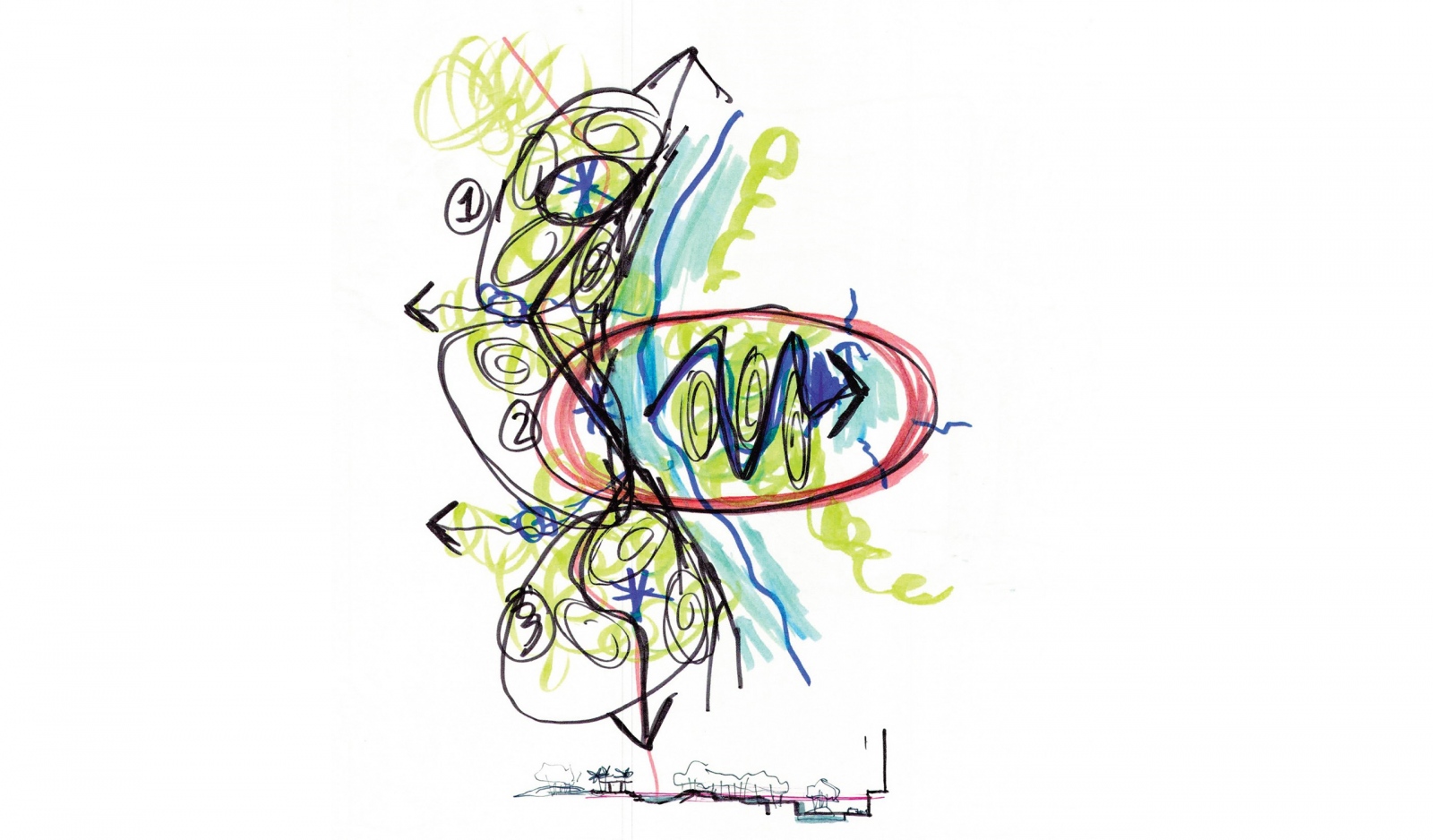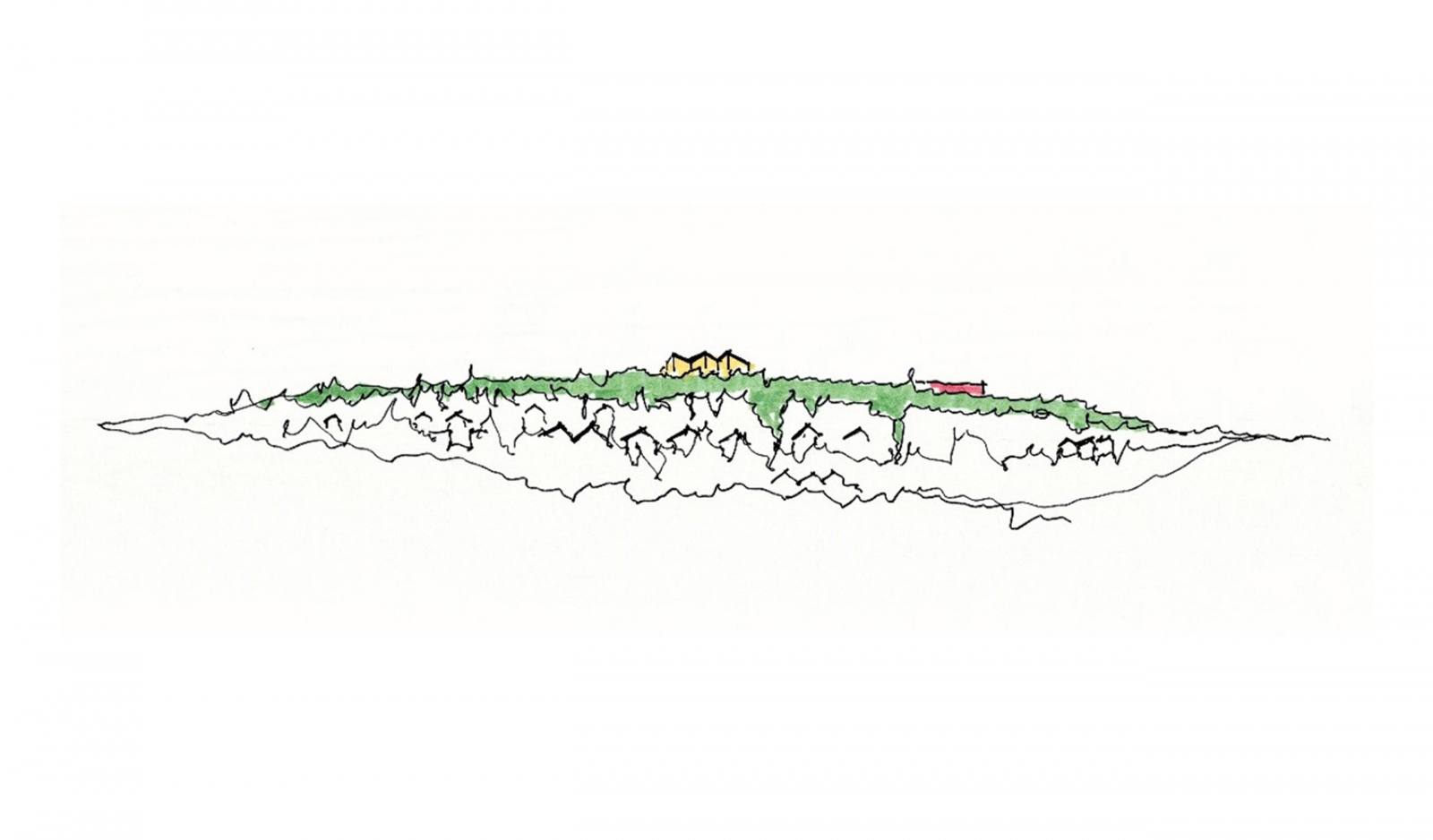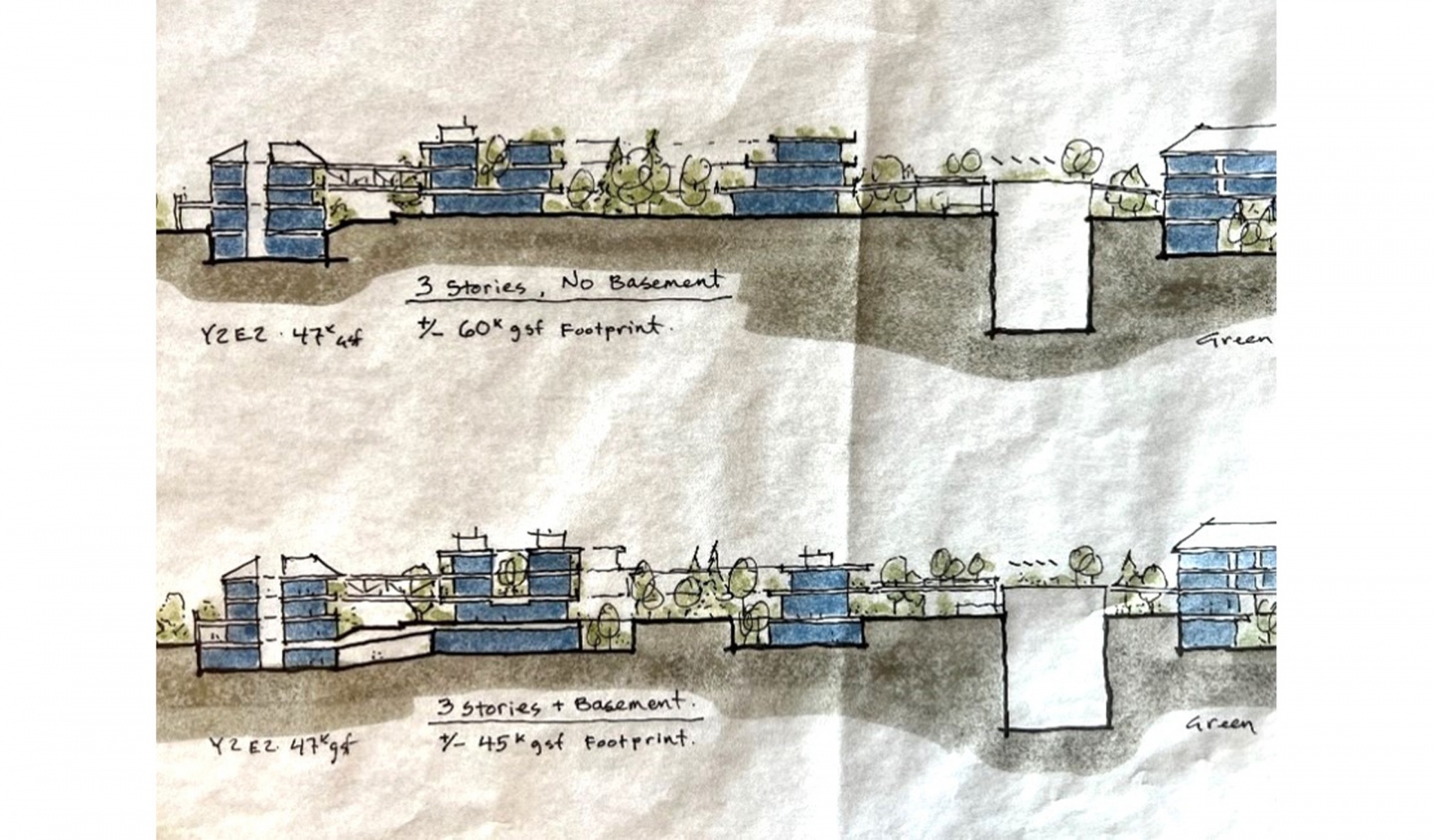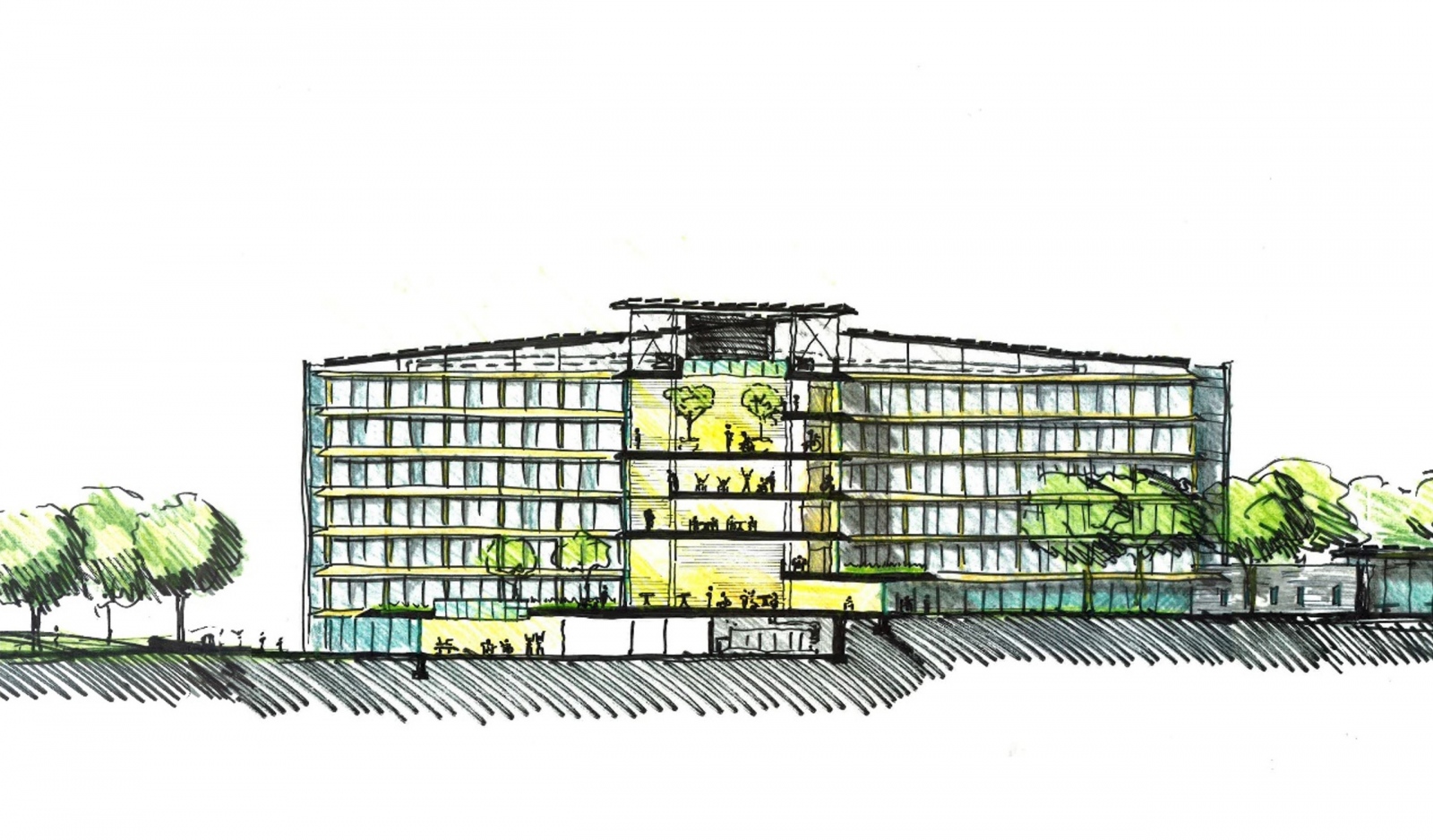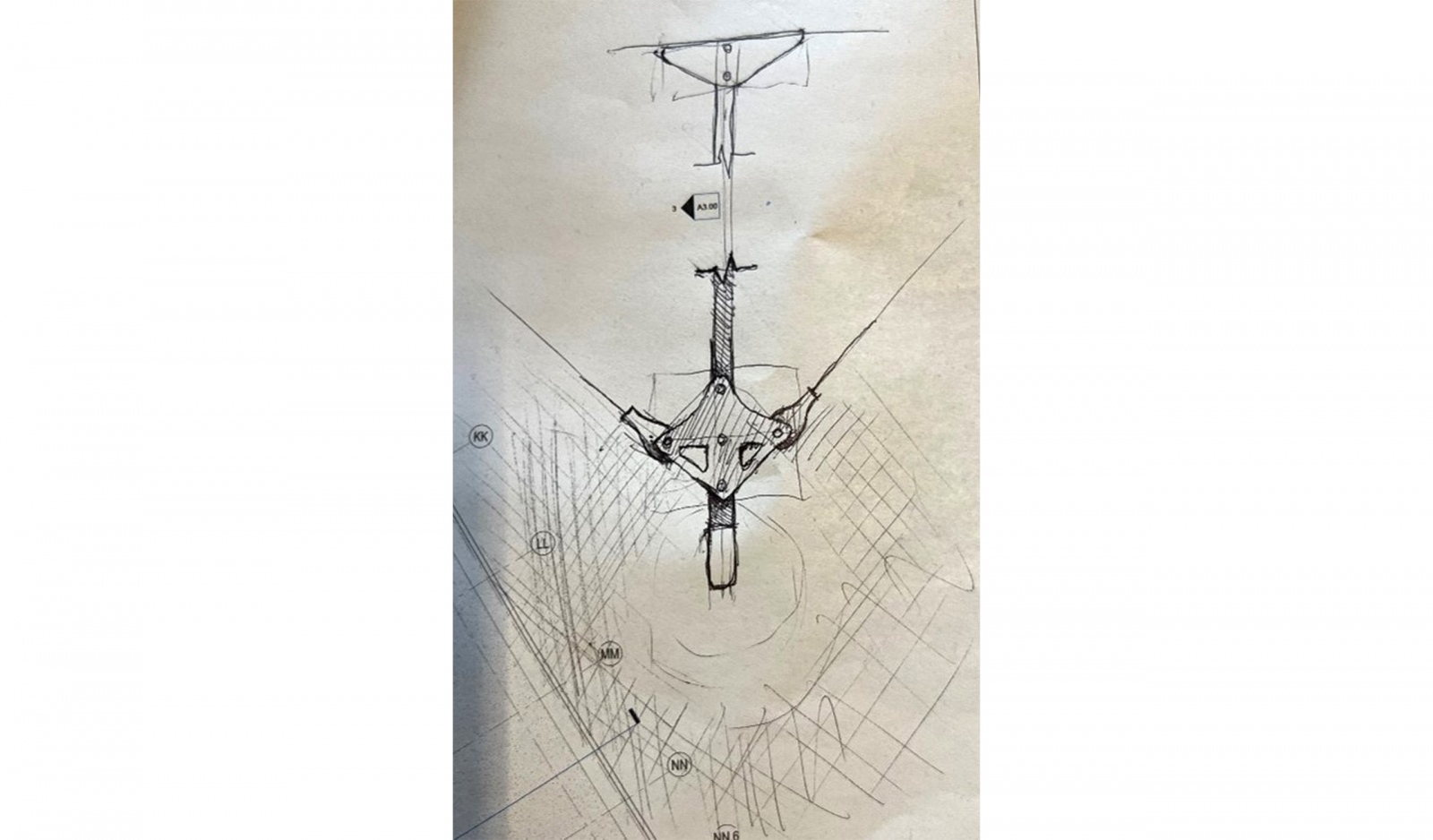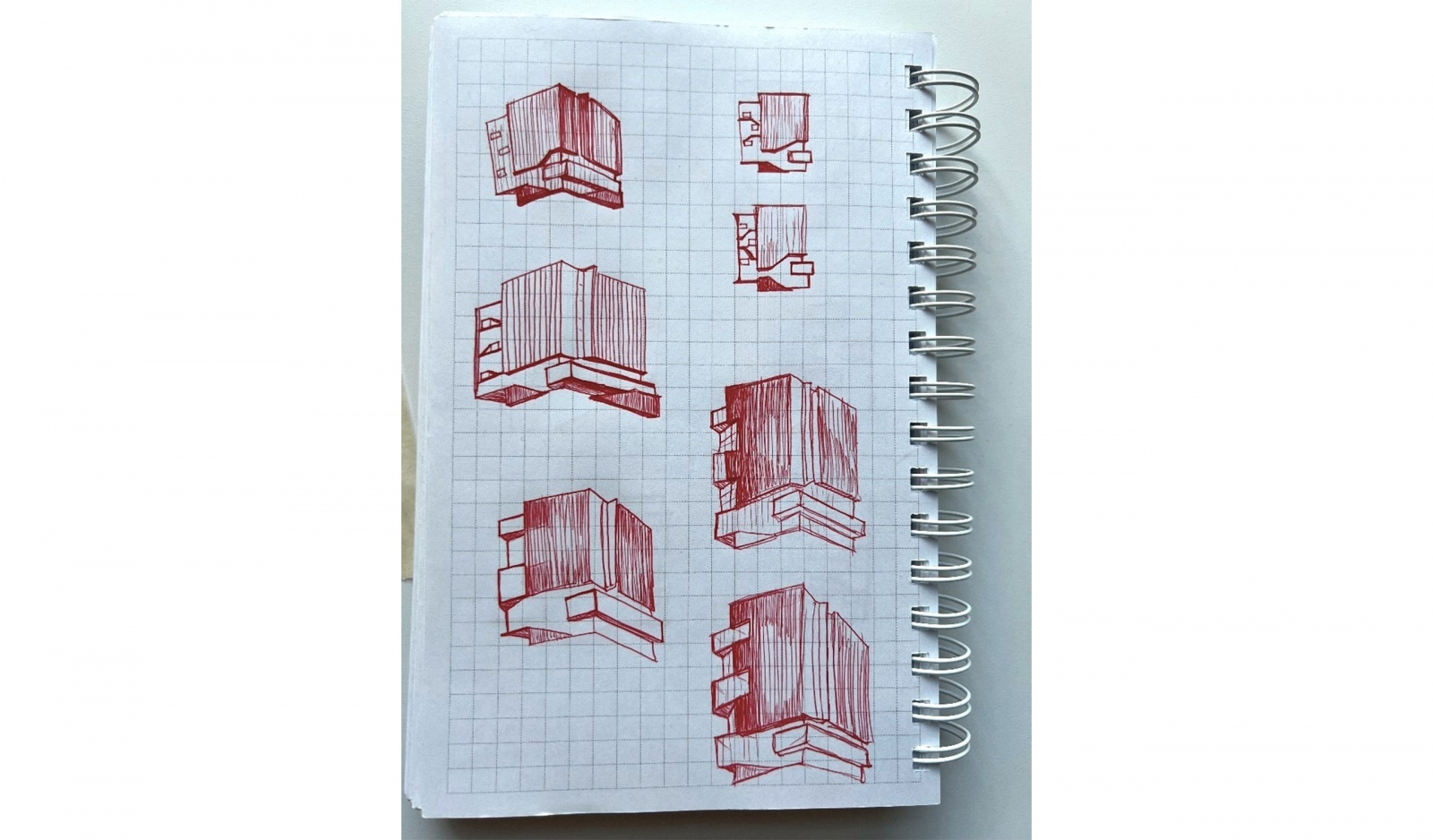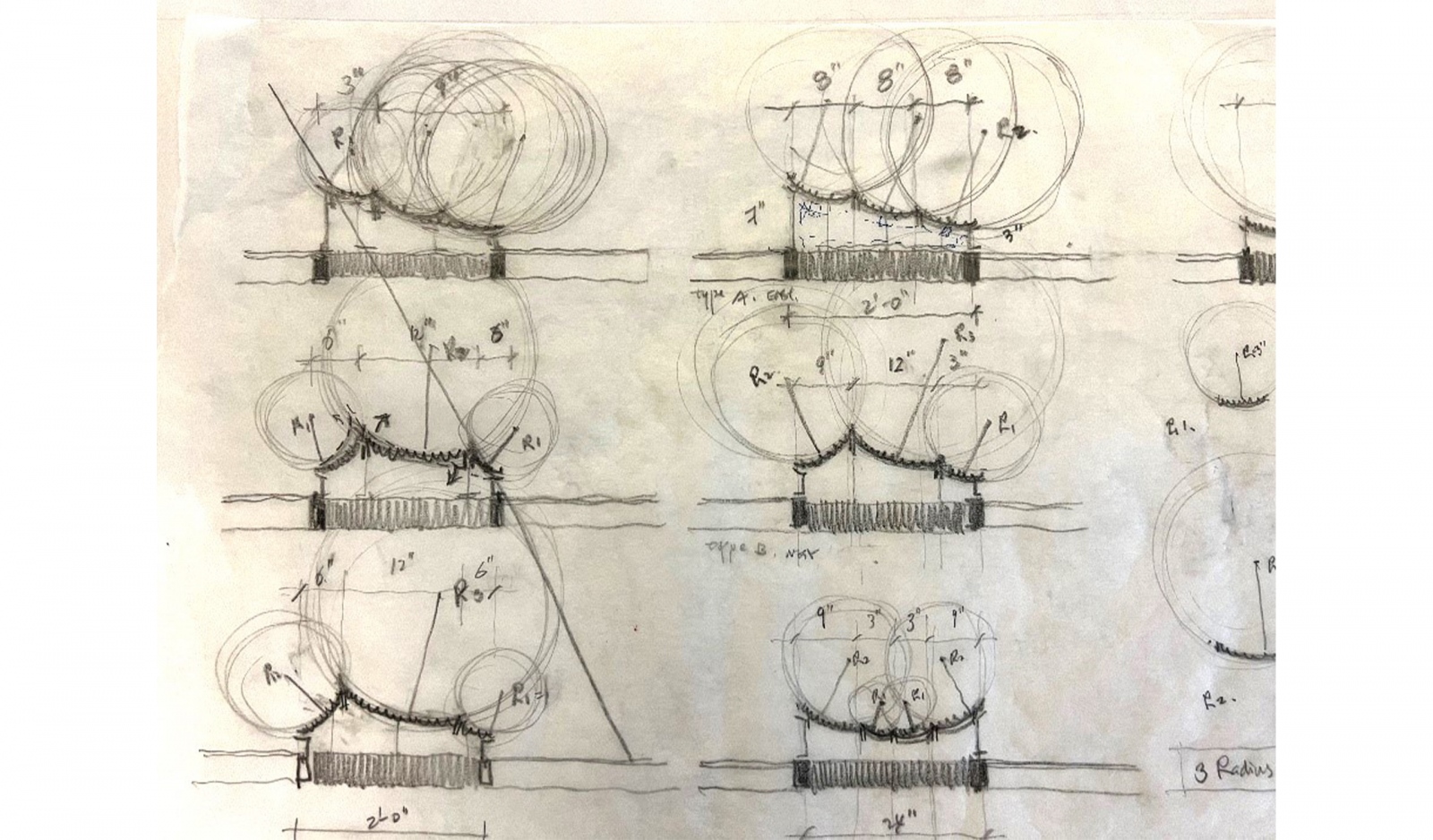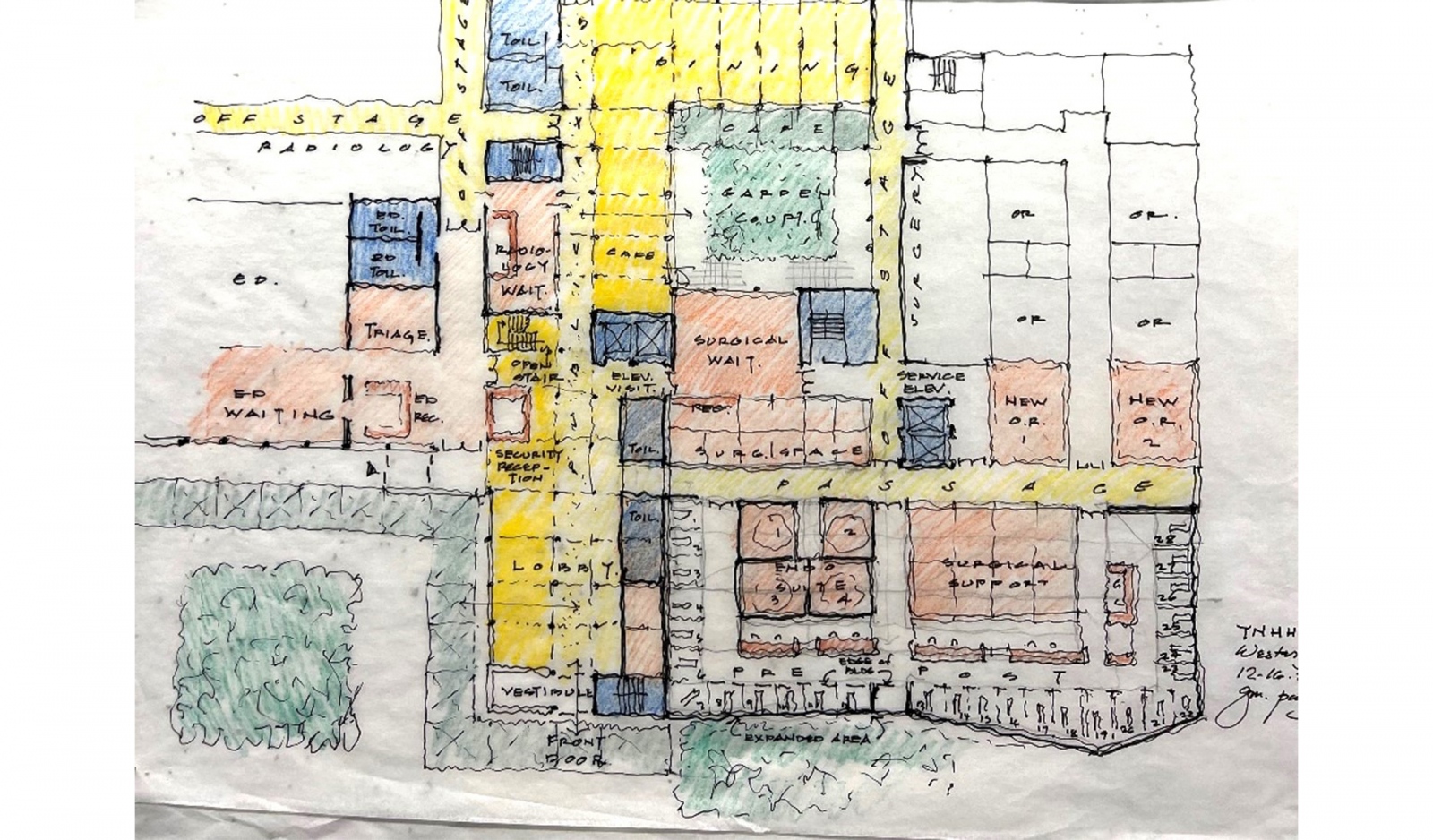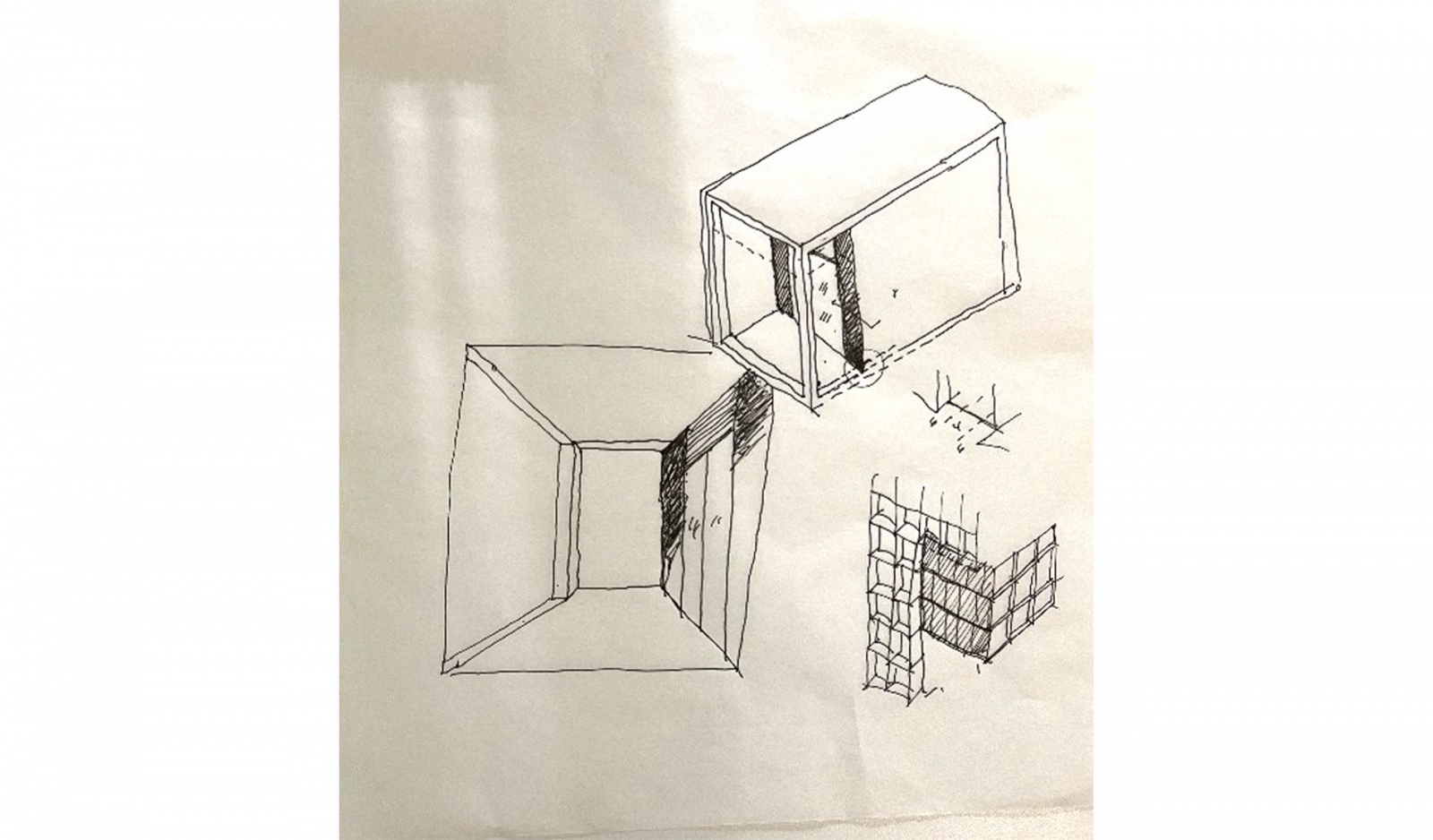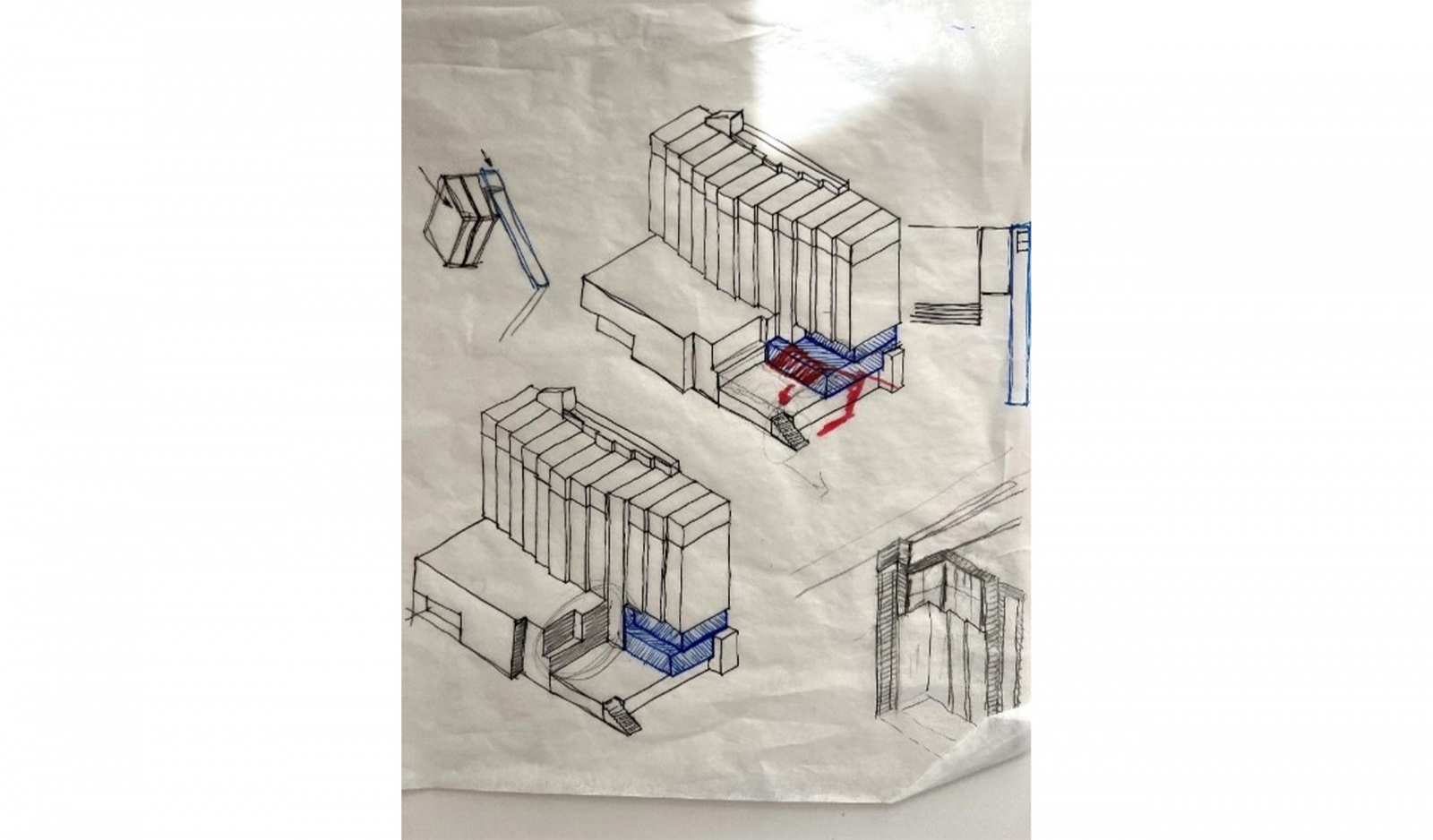There are many reasons why people decide to go into the field of architecture. When I discuss with colleagues what led them here, there are a few (like myself) whose initial interest did not lie in buildings themselves but it lied simply in a deep love for drawing, something that aligns very closely with Principal Bob Schaeffner’s joy for sketching. So far, I have attended each of “The Joy of Sketching with Bob” events, organized by the Young Designer’s Core (YDC). Through these sessions we stepped back to basic techniques with key references to Architectural Graphic by Frank Ching. One of the core lessons of these workshops was how to sketch quick, calculated drawings through 1-point and 2-point perspective views.
Among attendees, there was a particular curiosity in how to draw the things that were not actually architecture, but how to draw people and how to draw trees – the most basic forms that we all learn in early childhood. In the first session, Bob went over clever ways to portray a place through the simple outline of vegetation or diagrammatic figures. These simple additions can animate a scene by bringing depth, atmosphere and life into the sketch as a way to tell the story of a building’s relationship with its surroundings.
Just as PAYETTE believes in the importance of fabrication using traditional modes of making to portray architectural ideas, drawing is a key element to all phases of the design process that Bob hopes will live on within the firm’s practice. The digital world in which we live and design now, limits an architect’s ability to draw and communicate ideas fluidly on paper. It can be a challenge to sketch through concepts during remote meetings, and there is a reliance on software with the ease of baked-in textures and line weights. “The Joy of Sketching with Bob” event is a way to move designers and architects away from the computer screen, and bring us back to that imaginative, freeing feeling that comes with being given a blank sheet of paper.
Bob showcased sketches that he found on desks throughout the office; varying from freehand details to diagrammatic site plans to exploded axonometric views. The collection exemplifies how hand drawing is still part of everyday life at PAYETTE, and a great way to get a glimpse into the wide range of creativity within all levels of the firm.
